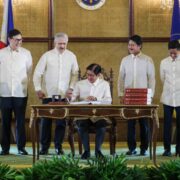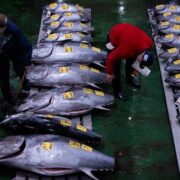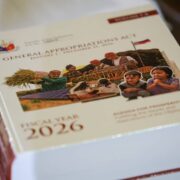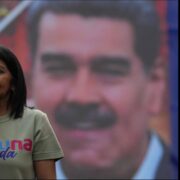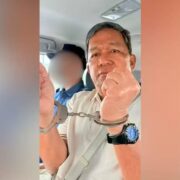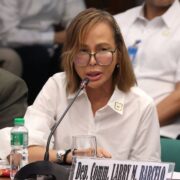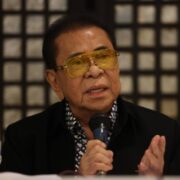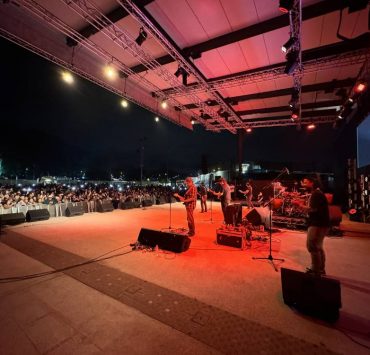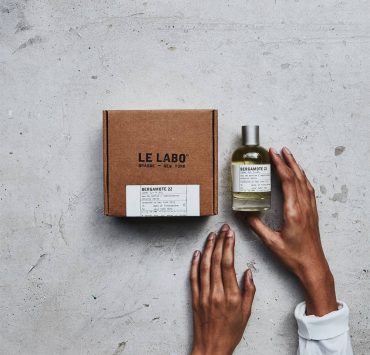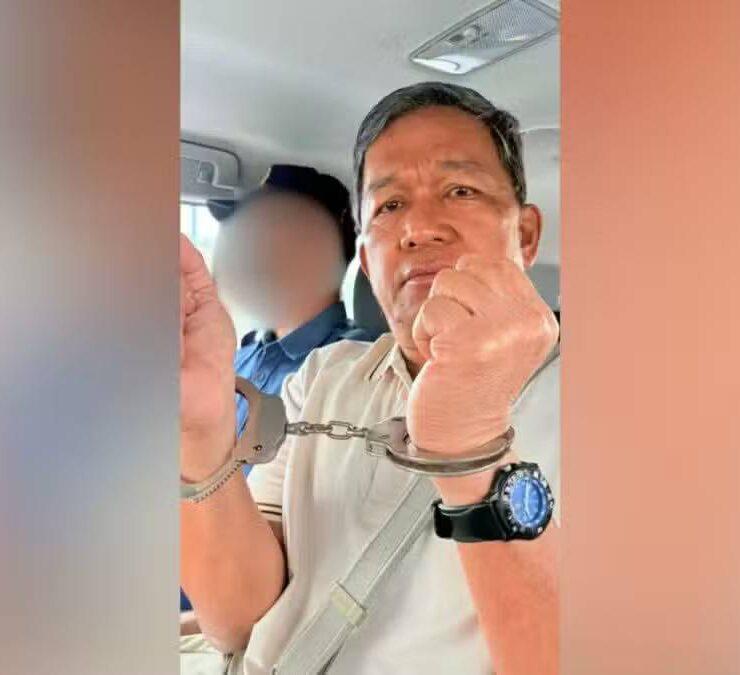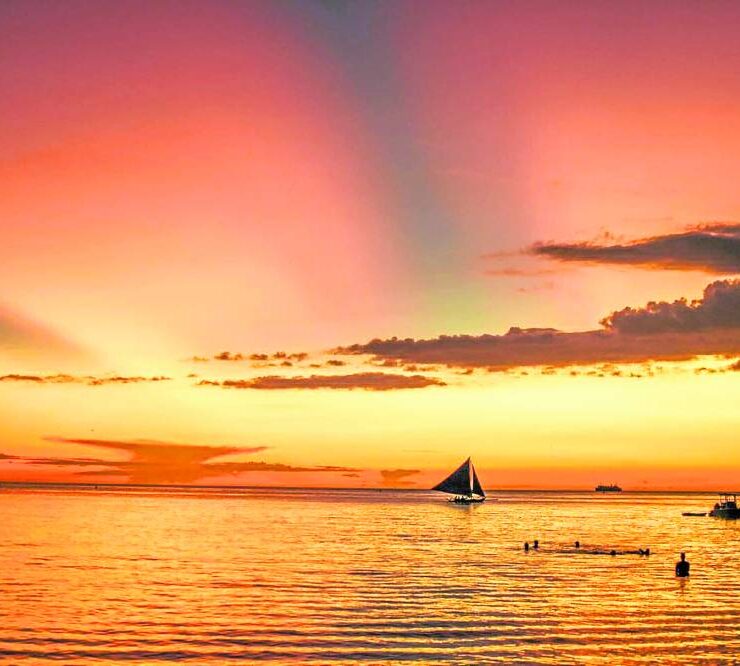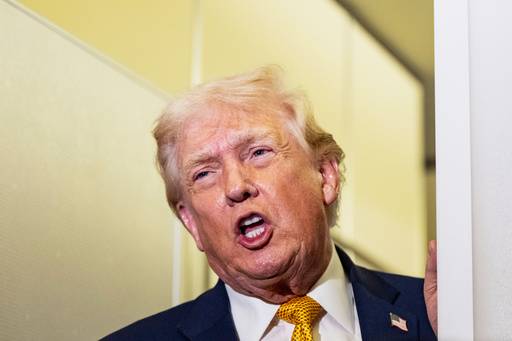Weaving gold: Ditta Sandico dresses PH Paralympians in Paris
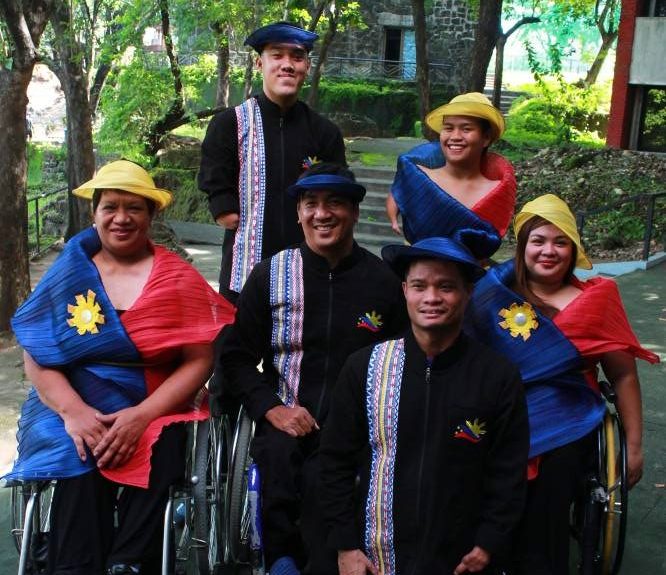
The Paris Paralympic Games opening ceremonies on Aug. 28 will be a groundbreaking event, held outdoors along the Champs-Elysées and culminating at Place de la Concorde. This spectacular setting provides a unique opportunity to showcase cultural identity through the athletes’ ceremonial wear.
The Philippine Paralympic Committee entrusted designer Ditta Sandico with creating the ceremonial attire for the six athletes competing in archery, swimming, taekwondo, and athletics. This time, Sandico’s designs reflect the evolving landscape of Philippine fashion and cultural identity. Their attire for the Paralympics embodies a fresh perspective, characterized by vibrant colors, intricate detailing, and a commitment to sustainability and ethical sourcing.
Sandico was tasked with visually expressing Philippine culture through traditional textiles. The theme “Heritage in Motion” captures the dynamism of the athletes while celebrating the nation’s heritage.
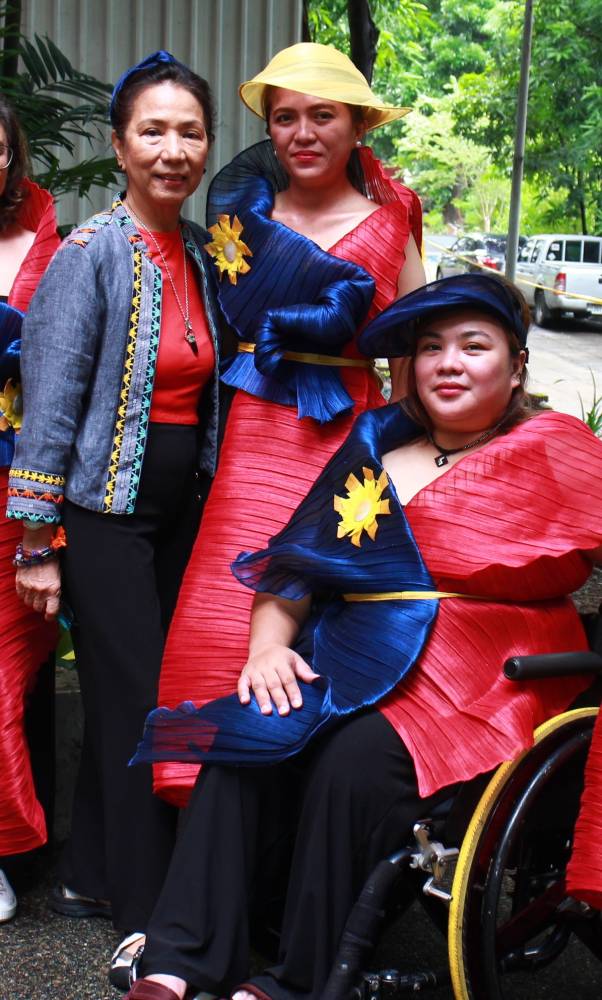
For the female athletes, Sandico crafted signature wraps using banaca, a blend of banana and abaca fibers from Catanduanes. The color palette mirrors the Philippine flag, with blue symbolizing peace, justice, sacrifice, and truth, and red representing bravery, courage, and patriotism. The sun, a symbol of sovereignty, freedom, and unity, is incorporated as an accent brooch.
The silhouette draws inspiration from the Maria Clara outfit, featuring a pañuelo or fichu and an extended wrap reminiscent of the tapis.
Travel-friendly
Sandico emphasized the functionality of the designs, noting their breathability and lightweight quality ideal for the European summer.
“The attires were tailored to each Paralympic athlete’s specific needs,” she explained. For example, the women’s wear features zippered armholes that can be adjusted, while the belts allow the wraps to be worn in multiple ways to accommodate different sizes. The versatile wraps offer numerous styling options.
Banaca‘s durability and low maintenance make it perfect for travel. “To keep the ceremonial wear fresh and clean, athletes only need to use baby wipes,” Sandico said. “Banaca can be rolled, folded, and packed without worrying about wrinkles or damage, making it extremely travel-friendly.”
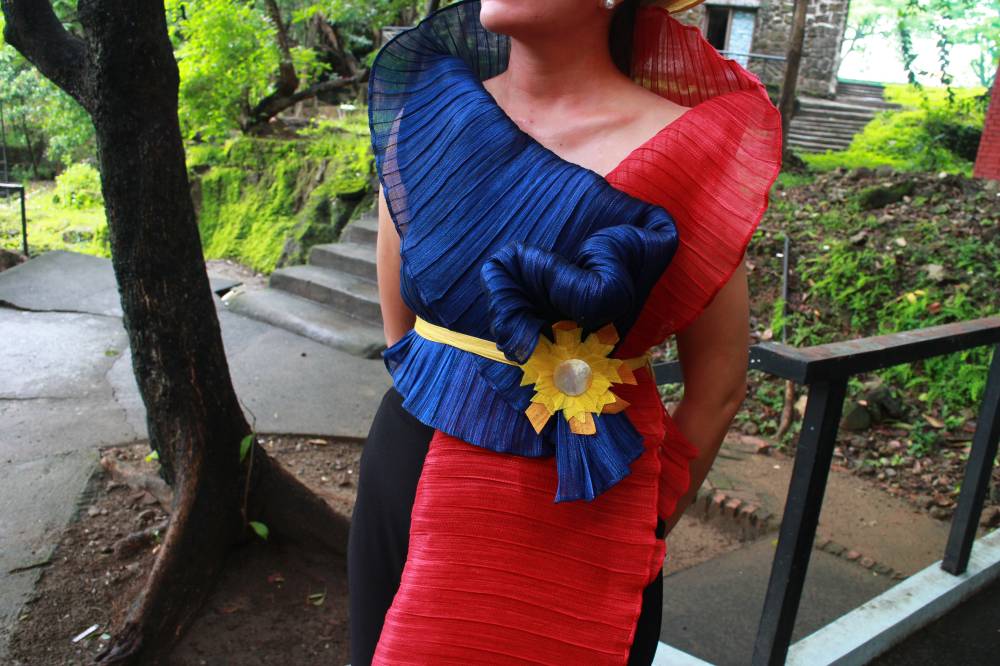
The men’s ceremonial wear features one-of-a-kind, hand-embroidered habol, a fabric woven by the Mangyans of Mindoro. Habol was strategically incorporated into the side panels of their twill track suits to showcase the intricate embroidery. “Their sporty tailored suits blend formality with functionality,” Sandico said. “We ensured the attire met the specific body types of each Paralympic athlete.”
Challenges
Like many designers working with local textiles and crafts, Sandico encountered challenges. “Coordinating the supply chain to ensure a steady flow of materials and finished fabric required meticulous planning and communication with local artisans,” she said.
The designer considered cultural sensitivity to avoid misappropriation of cultural symbols, the athletes’ comfort during the parade, and sustainability throughout the sourcing, harvesting, and production of natural fabrics.
“We faced significant challenges in procuring habol fabric for the men’s suits,” Sandico explained. “This fabric, individually hand-embroidered in the mountains of Panaytayan, Mindoro, presented logistical and production hurdles. Transporting materials and finished products to and from remote mountain areas posed challenges, including delays and potential damage.”
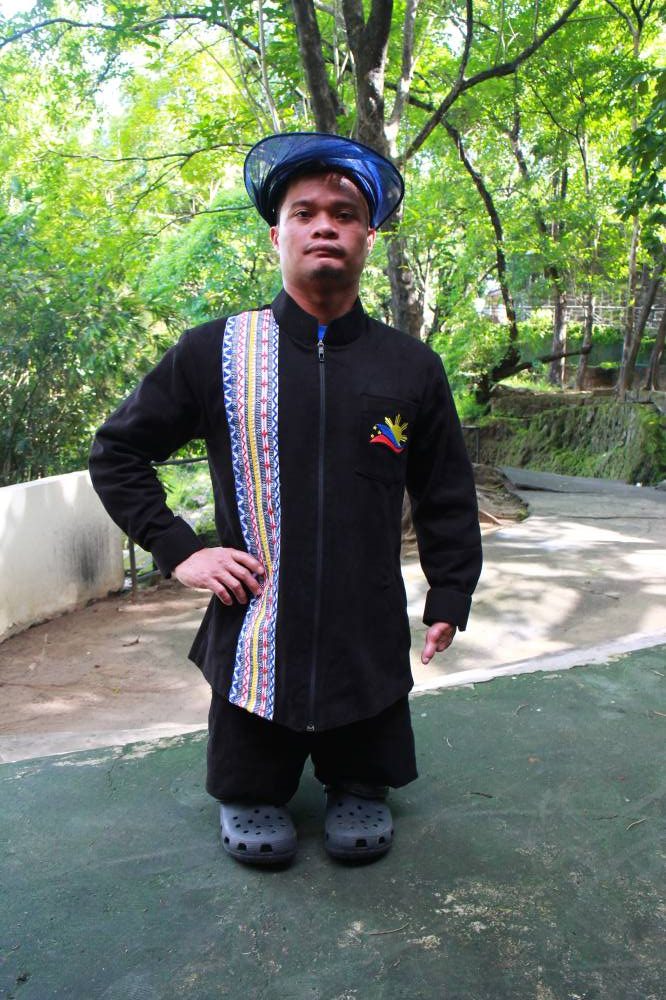
The intricate hand-embroidered patterns of the habol fabric demanded extensive time and skilled craftsmanship, limiting production within the three-month time frame.
“Ensuring consistent quality across all pieces was challenging due to the handmade nature of the fabric, requiring close collaboration with the artisans,” she said. “Sustainable resource use and fair compensation for artisans were crucial given the fabric’s traditional and cultural significance.
“By incorporating these elements, the ceremonial wear will not only serve its function but also tell a story of Filipino heritage and pride on the global stage,” Sandico concluded.
Special thanks to Team Philippines: Angel Otom, Agustina Bantiloc, Cendy Asusano, Ernie Gawilan, Allain Ganapin, Jerrold Mangliwan; Paralympics president Michael Barredo, secretary general Goody Custodio, executive assistant Milette Bonoan, and National Paralympic Committee chef de mission Ral Rosario


